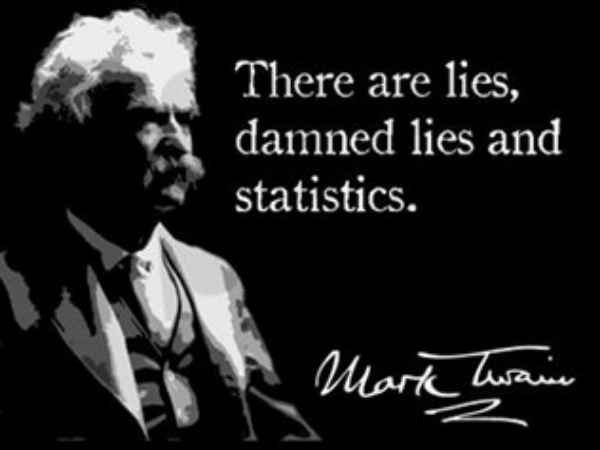Educating Sommeliers Worldwide.
By Beverage Trade Network

Applying standard margin percentages are a poor way to increase wine sales when seeking to add to profit levels… the cost of goods sold really isn’t the best way to optimize profit… it’s time to look at contribution margin calculations instead
I take it as a given that every venue – and every sommelier working in that venue – wouldn’t object to selling more wine, whilst at the same time adding to the profits of their department, as well as the business as a whole.
The growing success of a business will in itself likely increase wine sales, just as it’s possible to increase sales volumes by the simple expedient of (radically) reducing prices – but this simple act is also likely to have an immediate and permanently negative effect on the bottom line of the business.
If you’re running a beverage program, you’ll be very aware of your cost of goods sold (COGS): put simply, it’s the beginning inventory costs, plus the additional inventory cost, minus the ending inventory, which equals the cost of goods sold in a given period (usually a company’s financial year). In this scenario, a $10 bought-in bottle that’s then sold for $30 – a 300% mark-up – generates a COGS rate of 33%.
It’s a much-loved calculation of CFOs, CEOs and owners, but it doesn’t really help if we’ve set ourselves the task of optimizing the relationship between volume and profit.
Contribution margin, on the other hand, is a product’s price minus all associated variable costs, which results in the incremental profit earned for each unit sold (putting it in the vernacular, it’s the money you actually put in your pocket). It’s this that makes it useful for deciding whether to allow a lower price in various pricing situations, whilst helping to determine the profits that various sales levels will generate.
The marketing argument is that it’s the relationship between volume and profit that should be the underlying business goal, not being tied slavishly to a specific COGS number: the art is simple to describe, if a little more difficult to achieve, in terms of finding the balance of sacrificing margin percentage in order to achieve a higher net profit.
It may take a bit of figuring out – and it needs really good back office monitoring systems in place, tying together all the elements into a comprehensive accounting system – but having a better understanding of the relationship between cost, margin and volume really do lead to potentially greater profits. It also helps in informing the sommelier especially in the face of aggressive or profit-hungry CEOs & CFOs.
Of course, there are any number of factors that will determine at what price point you can really scale down your margin and it’s going to be different for every venue. Putting some numbers together will help show how robust the argument is for using contribution margin as the means to higher profits.
As Mark Twain said ‘lies, damn lies and statistics’, so it may seem self-evident, but it pays to look at some ‘theoretical’ prices and sales figures. These have been set out in bottle terms, but the same applies to any by-the-glass program.

Not to be too simplistic but, using these basic figures, if you have a bottle that’s costing you $15 and you sell only 4 at $45 in a day, then it has a high contribution margin, but not much volume. This could well mean that it’s been priced too high, regardless of the COGS (33%) and it could be worth lowering the price to see if the sales volumes increase and so generate a higher overall profit contribution, even though the margin has been reduced.
A $5 in-cost bottle that also sells just 4 bottles at $15 is contributing low sales volume and a low contribution margin (but the same COGS rate of 33% as the more expensive bottle). This means that the best course of action is likely to be to remove the wine and/or the category but, one might say counter-intuitively, it could also pay to increase the price. There are plenty of examples in other industries where a product has seen significant sales increases after the price was increased because consumers equated cost with efficacy: it may be that the price communicates that the wine can’t be that good at the price it’s been listed at, even though it may actually taste really good. By doing this you end up increasing both the volume and the contribution margin.
Of course, this isn’t as bad as the $5 wine where you’re selling 20 bottles at $15 a day where, notwithstanding a high sales volume, and whilst delivering a COGS rate of 33%, would be generating what is almost certainly an unacceptably low contribution margin. Not only that, but it will almost certainly be cannibalising the rest of your wine program, taking volume away from higher contribution margin wines.
The aim, quite simply, is to work to ensure higher volume wines are achieving the highest possible contribution margins – then order more from your suppliers and keep all these wines listed for as long as supplies hold out!
It may pay us to stop for a moment to look at wine margins from a consumer perspective, especially in fine dining restaurants: there are sometimes perfectly justified complaints that wine margins are so high as to be unjustifiable and therefore whether consumers are actually getting the best value for their bucks.
Sommeliers can certainly play the system because there are such things as targets that have to be reached. Perhaps to give more ‘real world’ price points than our earlier examples, it’s clear that very many people are going to aim to buy wines listed at under $100, if not $75, or even $50, and that’s an area where it’s pretty easy to set prices by applying a standard COGS margin.
By contrast, the more expensive a wine, the more likely the contribution margin ought to come into play (and not the COGS margin). A wine costing several hundred dollars, or even over $1,000, might well only carry a COGS margin of 20%, or 15% or less because that’s the best way to sell more wine and generate higher overall profit levels.
The contribution margin is an important consideration when it comes to increasing wine sales whilst also adding to profit levels – and that’s really the point of being in business.